Increased Focus on Health and Hygiene
The contactless smart-card market is benefiting from a heightened focus on health and hygiene among consumers and businesses alike. The preference for contactless transactions is partly driven by the desire to minimize physical contact during payment processes. As of November 2025, surveys indicate that nearly 70% of consumers in the US express concerns about hygiene when using traditional payment methods. This growing awareness has prompted retailers and service providers to adopt contactless smart-card solutions to ensure a safer shopping experience. Consequently, the market is likely to see sustained growth as businesses prioritize health-conscious payment options. This trend not only enhances consumer confidence but also aligns with broader public health initiatives aimed at reducing the spread of germs and viruses.
Growing Demand for Contactless Payments
The contactless smart-card market is experiencing a notable surge in demand, primarily driven by the increasing preference for contactless payment methods among consumers. As of 2025, approximately 60% of consumers in the US favor contactless transactions due to their convenience and speed. This shift is further supported by the proliferation of contactless-enabled point-of-sale terminals, which have become more prevalent in retail environments. The ease of tapping a card rather than swiping or inserting it is appealing to consumers, leading to a higher adoption rate. Consequently, businesses are incentivized to adopt contactless smart-card technology to meet customer expectations, thereby propelling growth in the contactless smart-card market. This trend is likely to continue as more consumers become accustomed to the benefits of contactless payments.
Rising E-commerce and Online Transactions
The contactless smart-card market is experiencing growth due to the rising trend of e-commerce and online transactions. As more consumers turn to online shopping, the demand for secure and efficient payment methods has increased. Contactless smart cards offer a seamless way to complete transactions both online and in-store, appealing to tech-savvy consumers. As of November 2025, e-commerce sales in the US have reached approximately $1 trillion, with a significant portion of these transactions being conducted using contactless payment methods. This trend indicates a shift in consumer behavior towards preferring contactless solutions for their convenience and security. Consequently, businesses are likely to invest in contactless smart-card technology to cater to this growing market, further driving the expansion of the contactless smart-card market.
Technological Advancements in Card Manufacturing
Technological innovations in card manufacturing are significantly influencing the contactless smart-card market. The introduction of advanced materials and production techniques has enhanced the durability and functionality of contactless cards. For instance, the integration of NFC (Near Field Communication) technology has improved the efficiency of transactions, allowing for faster processing times. As of 2025, the market is witnessing a shift towards cards that not only support contactless payments but also incorporate additional features such as loyalty programs and secure authentication methods. This evolution in card technology is likely to attract more businesses to invest in contactless smart-card solutions, thereby expanding the market. Furthermore, the ability to customize cards for branding purposes adds an additional layer of appeal for businesses looking to enhance customer engagement.
Government Initiatives Supporting Digital Payments
Government initiatives aimed at promoting digital payments are playing a crucial role in the expansion of the contactless smart-card market. Various federal and state programs are encouraging the adoption of cashless payment systems, which include contactless smart cards. As of 2025, the US government has implemented policies that incentivize businesses to upgrade their payment infrastructure to support contactless technology. This includes grants and funding for small businesses to adopt modern payment solutions. Such initiatives are likely to foster a more favorable environment for the contactless smart-card market, as they not only enhance accessibility but also encourage innovation in payment technologies. The alignment of government policies with market trends suggests a robust future for contactless smart-card adoption.


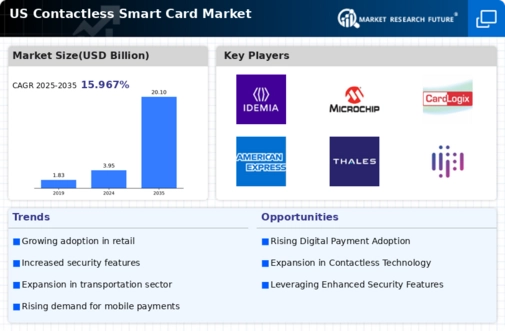
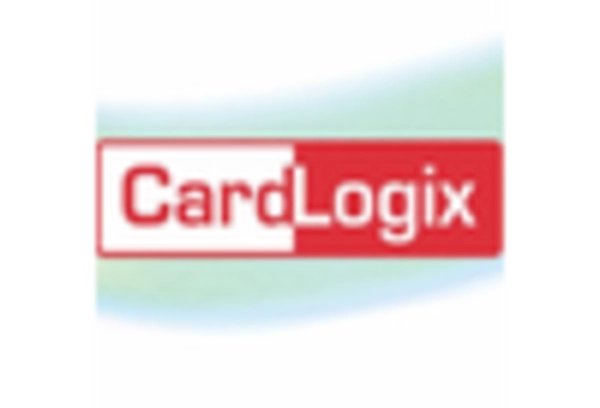
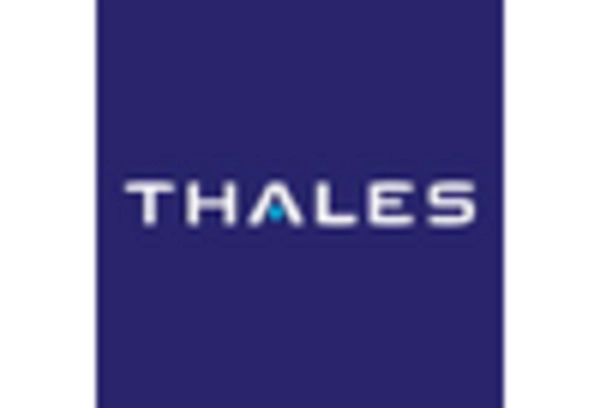
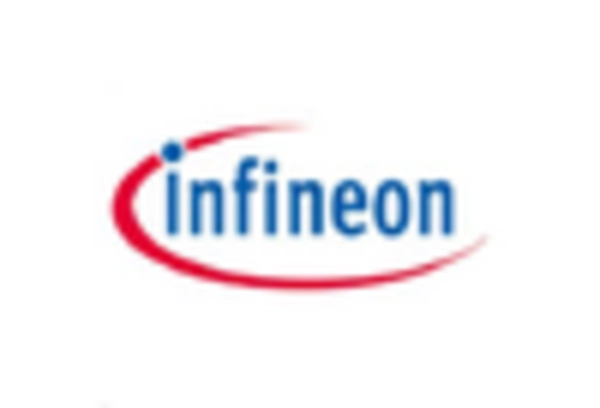
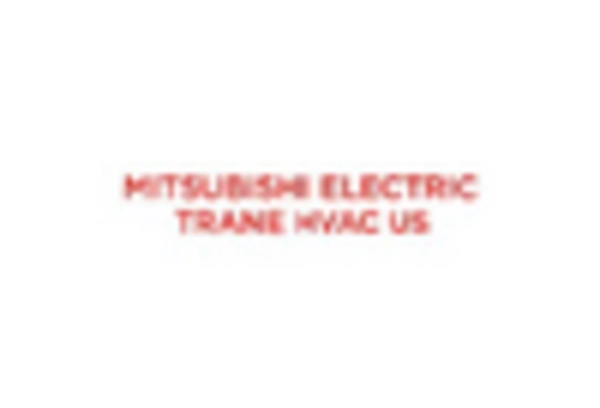
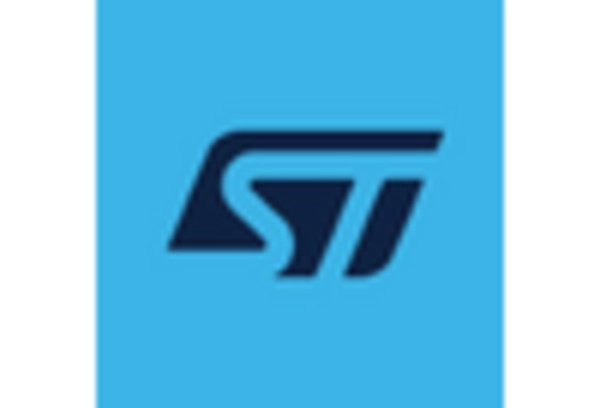








Leave a Comment